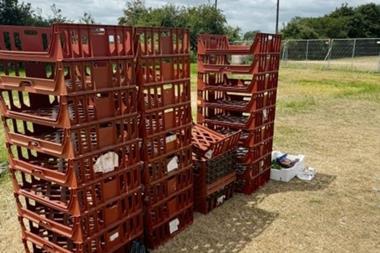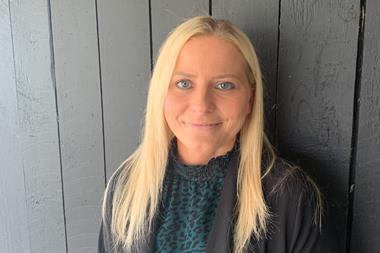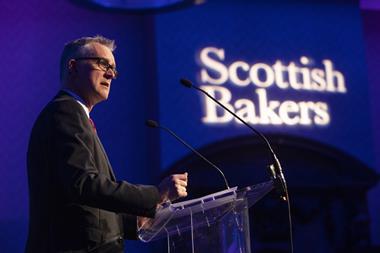Anita Monteith, tax manager at the Institute of Chartered Accountants in England and Wales, on the requirements of the HMRC Making Tax Digital programme
The first stage of HMRC’s Making Tax Digital (MTD) programme focuses on VAT and imposes new requirements on some VAT-registered businesses and organisations.
Those with taxable turnover above the VAT threshold of £85,000 will have to keep digital records and submit VAT returns, using functional compatible software from the start of their first VAT return period, on or after 1 April 2019. They will also need to:
- maintain accounting records digitally using accounting software or a spread-sheet. Paper records will not meet legal requirements in tax legislation;
- submit VAT returns to HMRC using software that can access HMRC’s platform.
No changes are being made to:
- VAT rules except those relating to filing and record-keeping;
- the amount of information submitted to HMRC;
- the current filing and payment deadlines for VAT.
Software and Digital Links
Information on compatible software and how to choose a suitable product is available on the HMRC MTD software page.
There are separate lists of products that have been fully tested and those that are still in development. HMRC is working closely with software providers to ensure a range of suitable products will be available at a variety of price points.
Digital records can be maintained in more than one program or software product. The use of spreadsheets, either to record individual transactions or as part of a suite of software and spreadsheets is permitted.
A spreadsheet alone is not a free way to comply with the MTD for VAT requirements as it will not have the functionality to file the return. Spreadsheets will need to be either Application Programming Interface enabled or, more likely, used in combination with a commercial MTD compatible software product or spreadsheet, so that data can be sent to HMRC with VAT returns, along with additional voluntary information by using the application.
Digital Requirements
The requirement to keep digital records does not mean businesses will have to store invoices and receipts digitally. Businesses can keep these documents in paper form if they prefer, but each individual transaction (not summaries) will need to be recorded and stored digitally.
HMRC would like to encourage records to be kept as near to real-time as possible, although it will still be possible to create the digital records at quarterly intervals, using a bookkeeper or other agent if required, provided information is entered into a digital record-keeping system at that stage.
If multiple supplies subject to the same rate of VAT are made at the same time, these do not have to be recorded separately. You can record the total value of supplies on each invoice that has the same time of supply and rate of VAT charged.
The VAT account
The VAT account is the link – the audit trail – between the business records and the VAT return. The information required to be held in the VAT account must be kept digitally (the regulations refer to this as the ‘electronic account’), and the information in that electronic account will be used by functional compatible software to calculate and fill in the VAT return.
Certain records, such as fuel scale charge and partial exemption calculations, as well as capital goods scheme adjustments, are not included in the list of records that must be kept digitally.
Such adjustments can be calculated outside the digital records, with a journal entry being made for each type of adjustment. Records must be kept for six years (or 10 years if the business uses VATMOSS).
These changes may seem daunting, but I would urge businesses to speak to their accountant and make sure that they pay VAT due, no matter what.
Further advice can be found at www.icaew.com/mtd.














































No comments yet